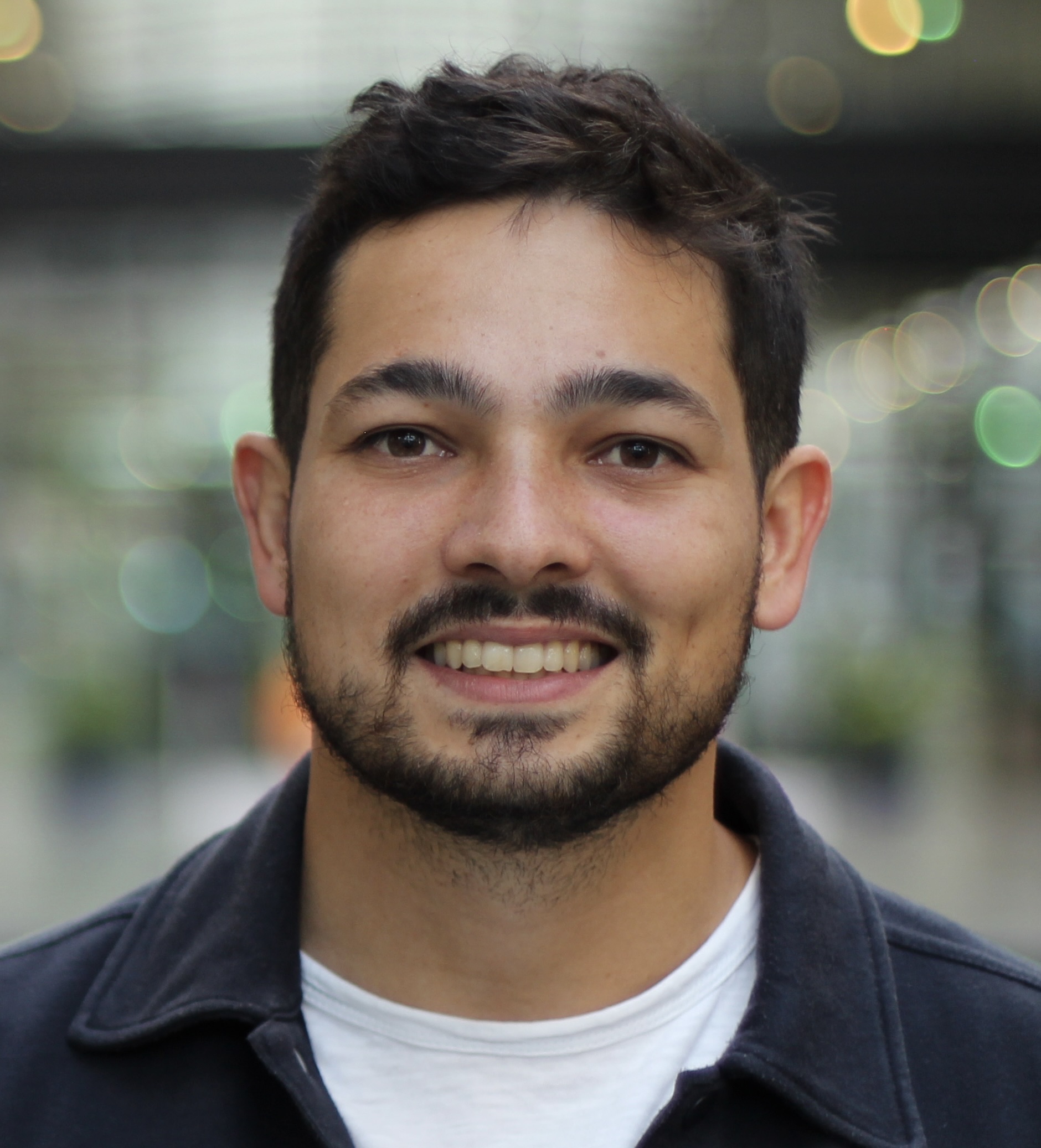Exploiting the Interplay between Social and Task Dimensions of Cohesion to Predict its Dynamics Leveraging Social Sciences
Oral Presentation, ICMI 2021, Montreal, Canada
Best Paper Award
Authors of the paper: Lucien Maman, Laurence Likforman-Sulem, Mohamed Chetouani and Giovanna Varni.
Presentation Paper
Emergent states are behavioral, cognitive and affective processes appearing among the members of a group when they interact together. In the last decade, the development of computational approaches received a growing interest in building Human-Centered systems. Such a development is particularly difficult because some of these states have several dimensions interplaying somehow and somewhere over time. In this paper, we focus on cohesion, its dimensions and their interplay. Several definitions of cohesion exist, it can be simply defined as the tendency of a group to stick together to pursue goals and/or affective needs. This plethora of definitions resulted in many different cohesion dimensions. Social and Task dimensions are the most investigated both in Social Sciences and Computer Science since they both play an important role in a wide range of contexts and groups. To the best of our knowledge, however, no previous work on the prediction of cohesion dynamics focused on how these 2 dimensions interplay. We leverage Social Sciences to address this issue. In particular, we take advantage of the importance of Social cohesion for creating flexible and constructive relationships to reinforce Task cohesion. We describe a Deep Neural Network architecture (DNN) for predicting the dynamics of Task cohesion by applying transfer learning from a pre-trained model dedicated to the prediction of Social cohesion dynamics. Our architecture is evaluated against several baselines. Results show that it significantly improves the predictions of the Task cohesion dynamics, confirming the benefits of integrating Social Sciences insights into models architectures.
